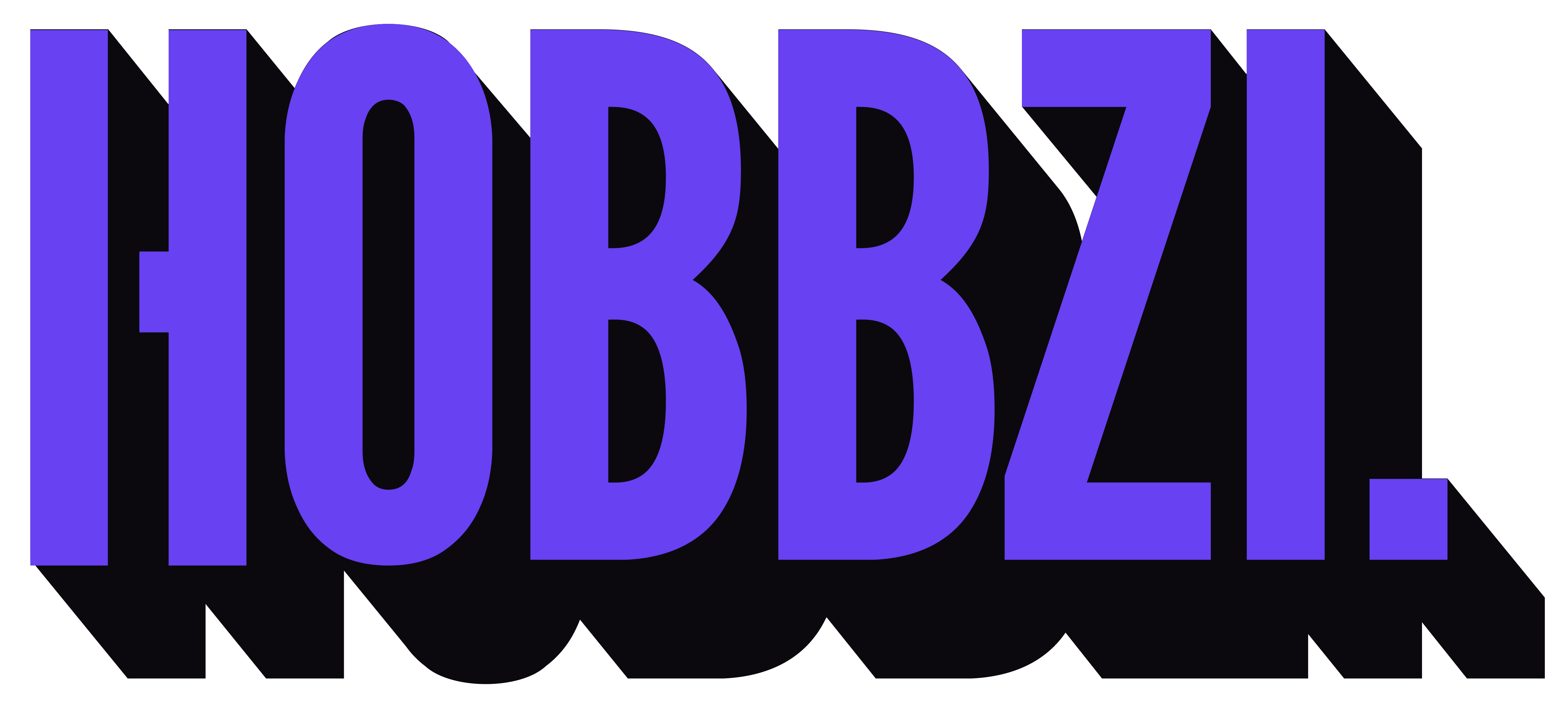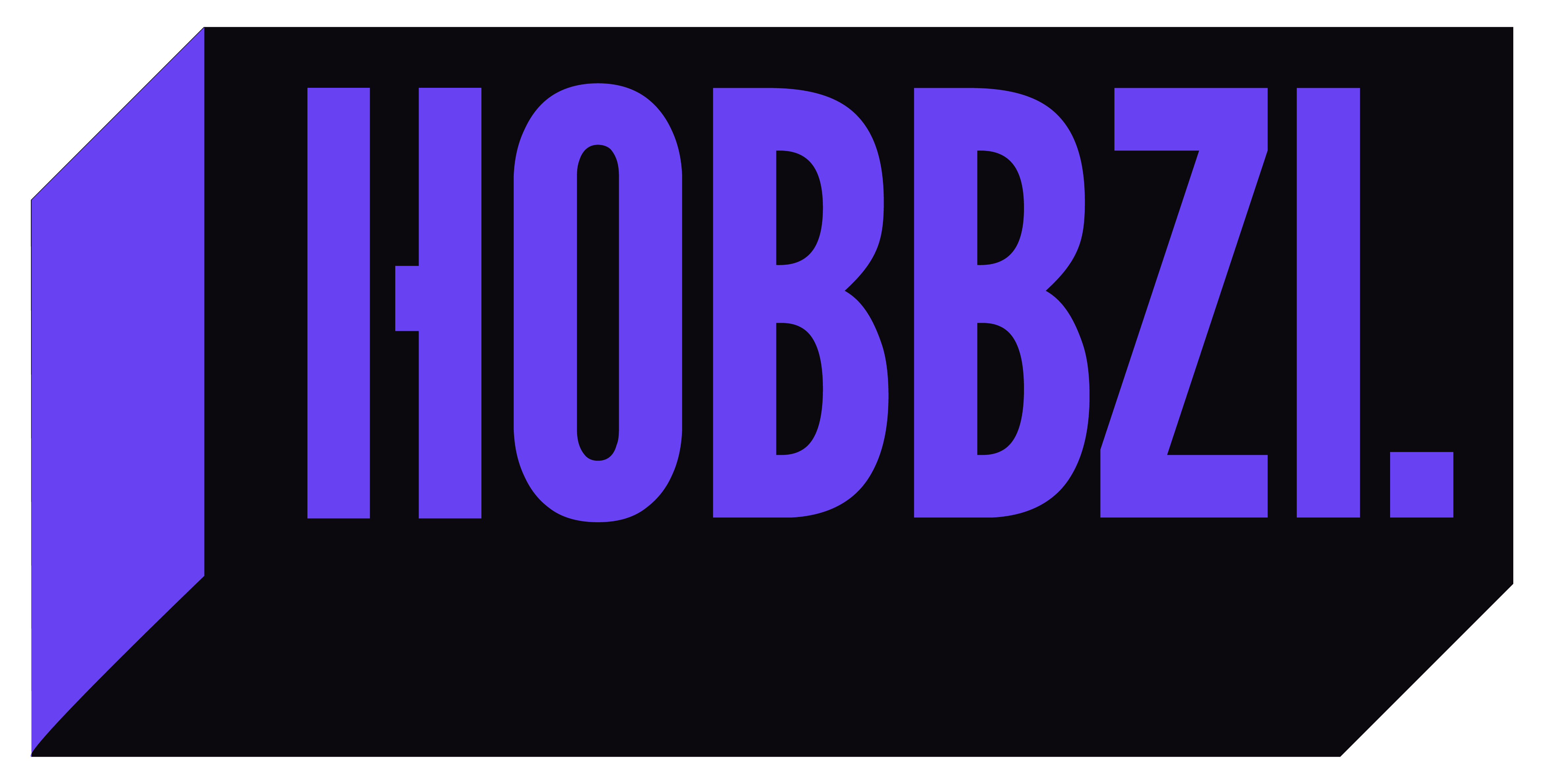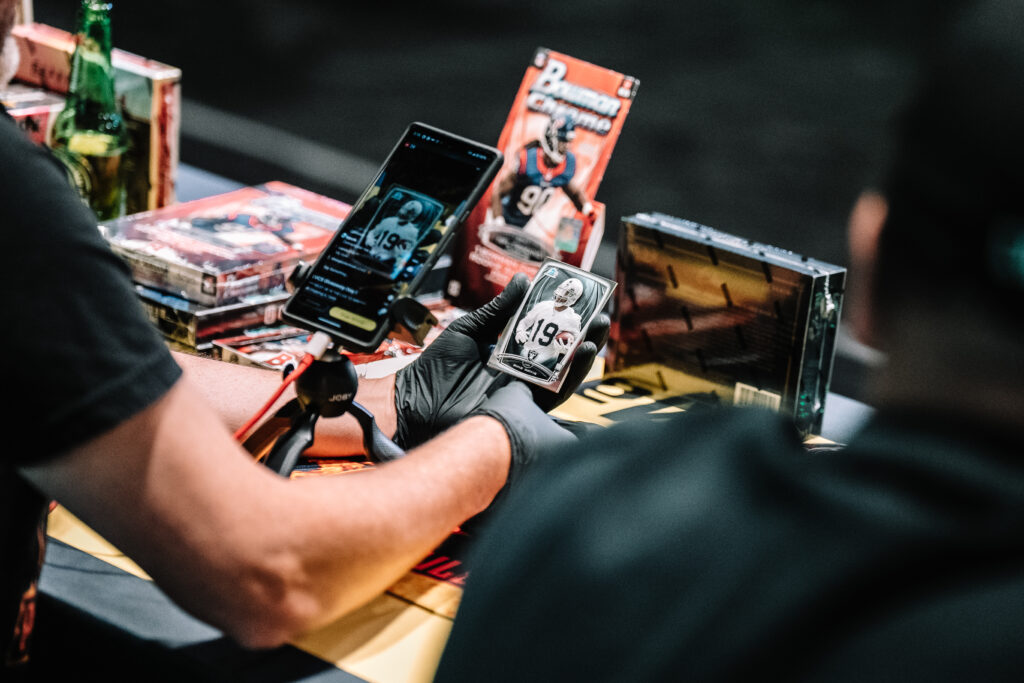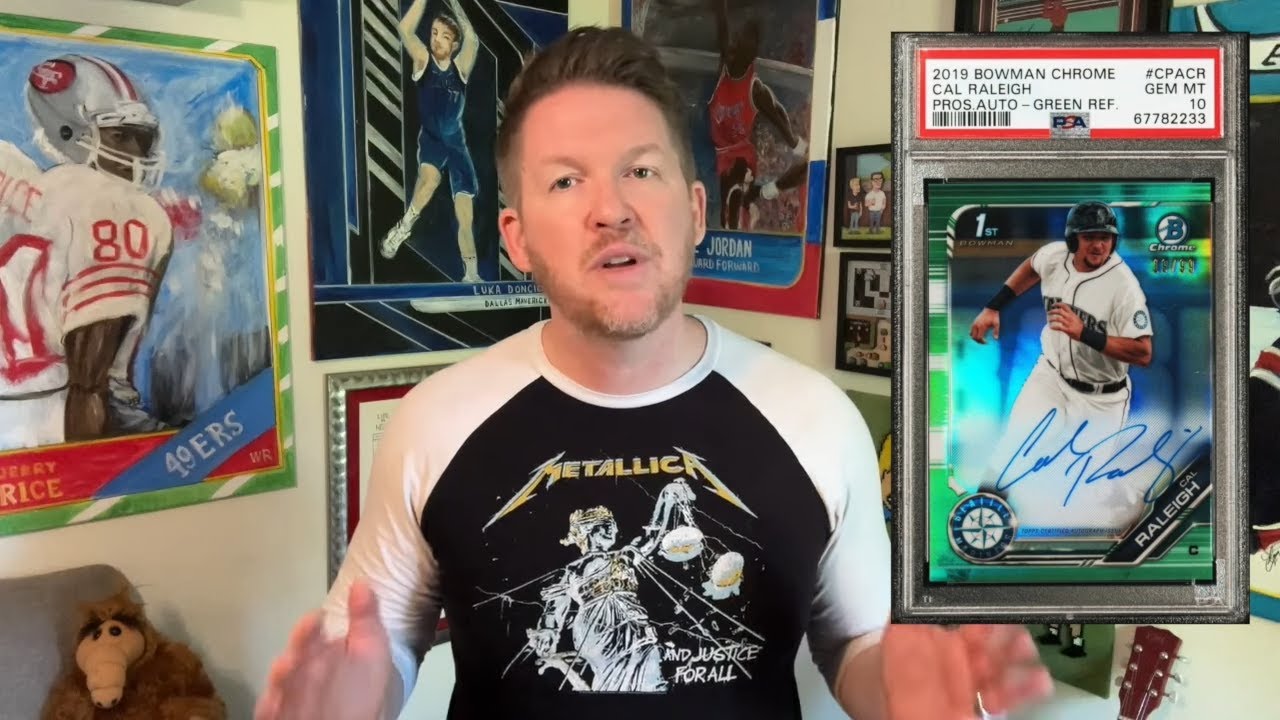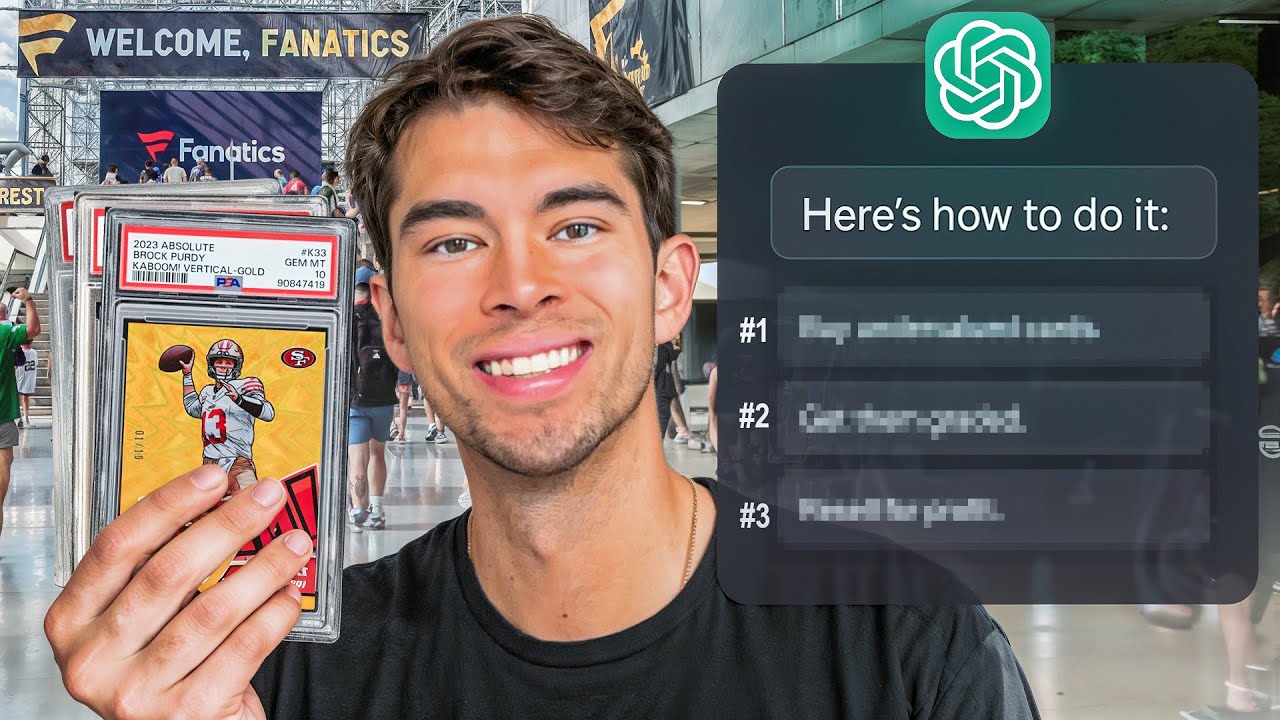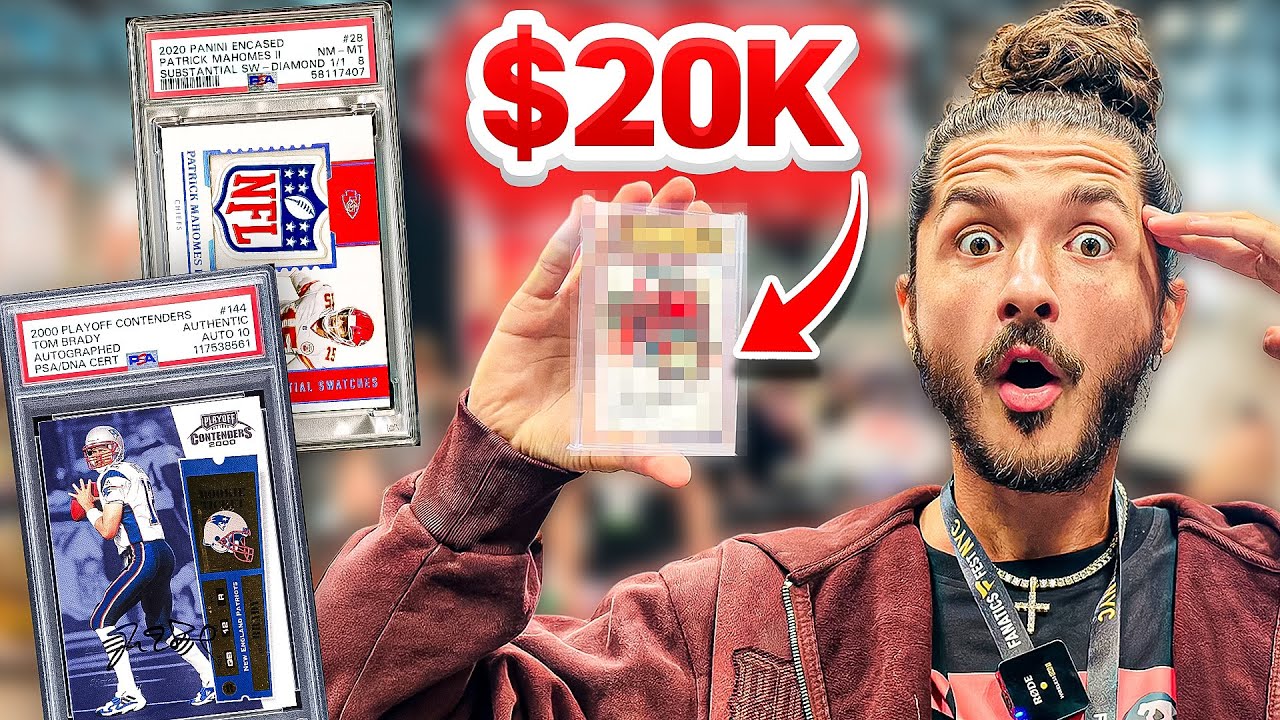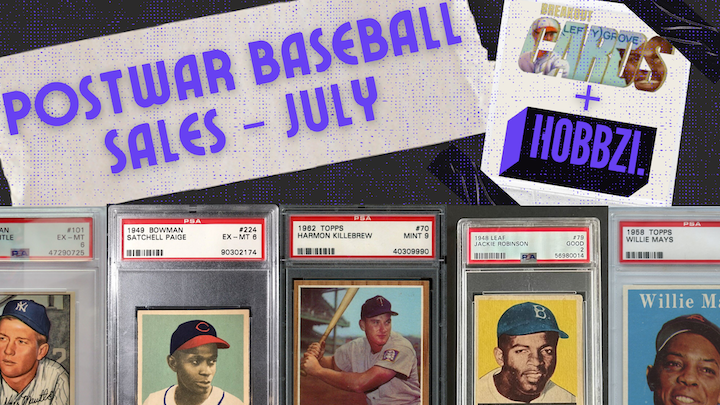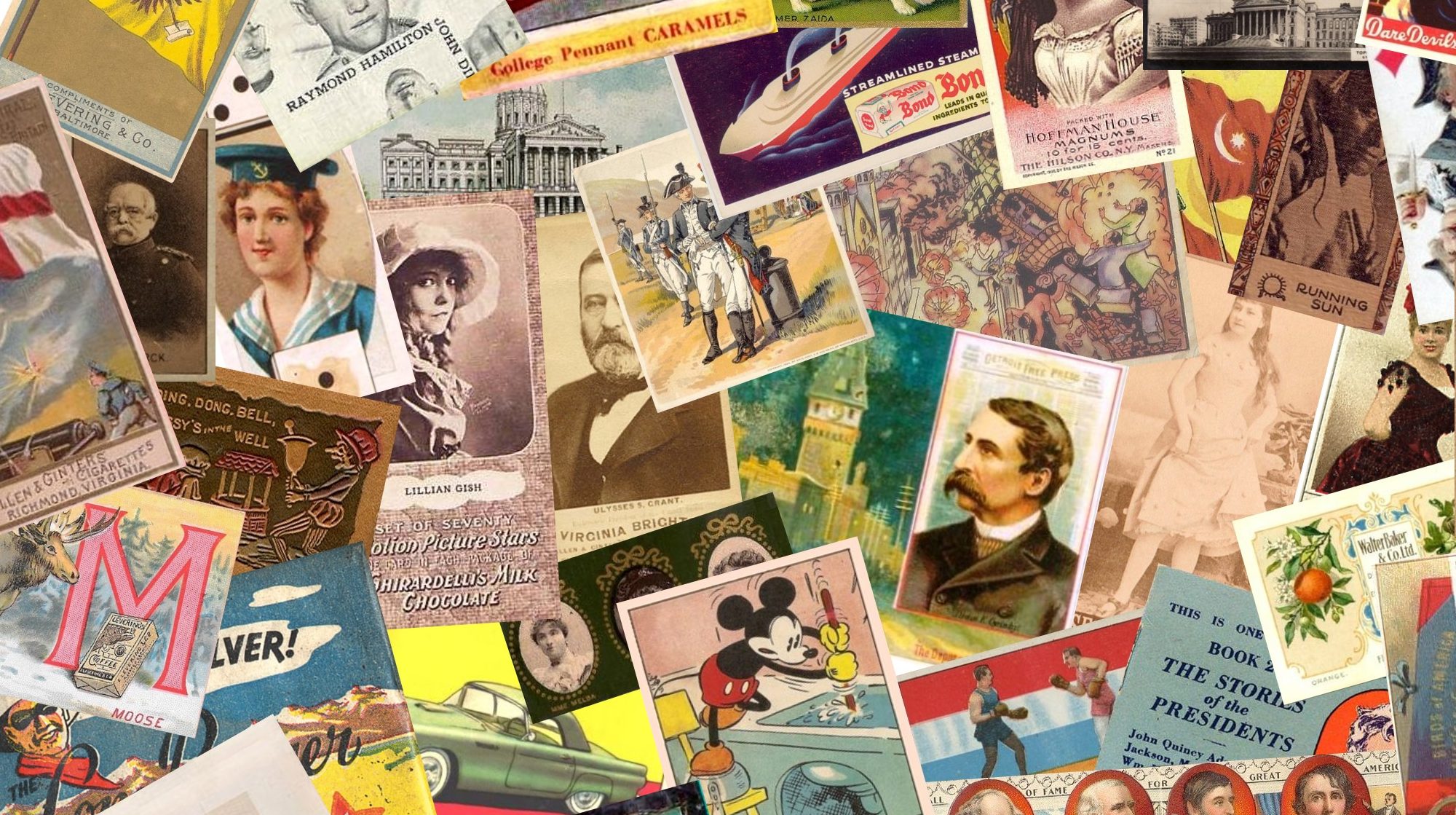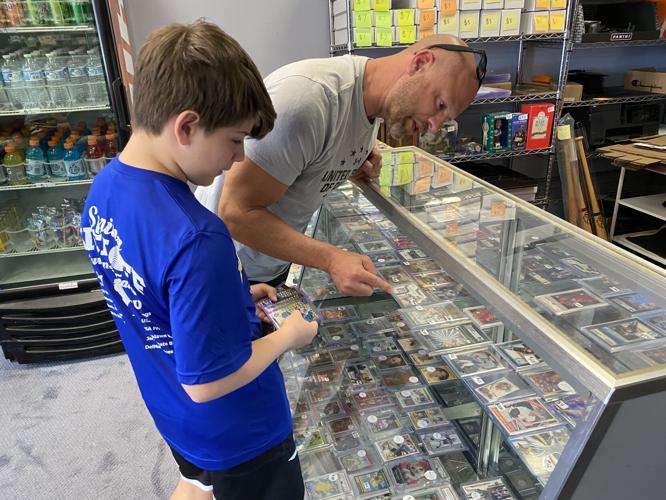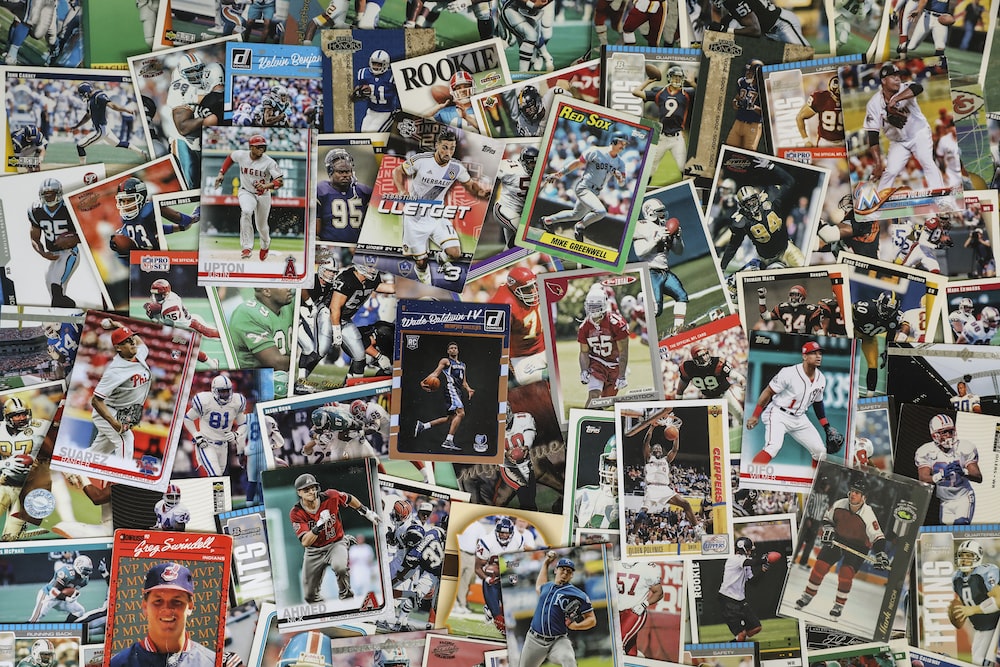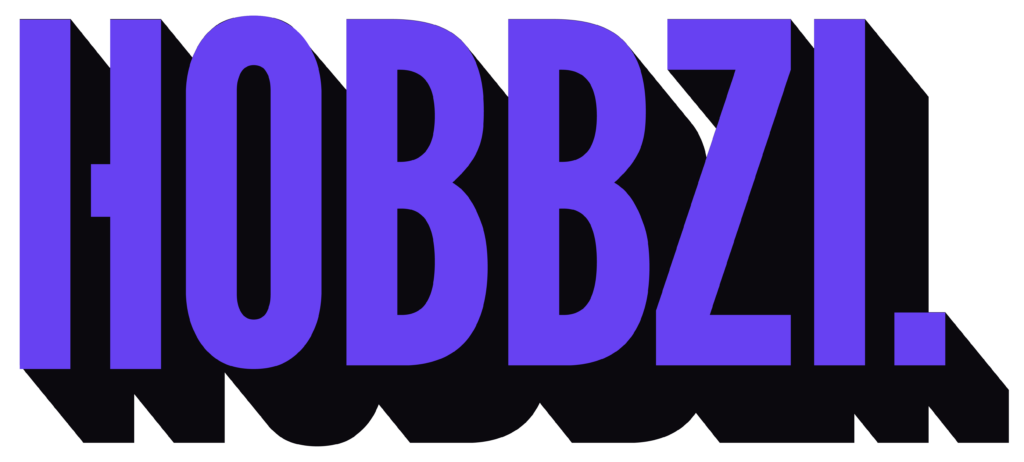Sports card breaking has revolutionized the way collectors engage with their passion. From its humble beginnings in the early 2000s to its current prominence in the online community, breaking has transformed the experience of opening packs into a thrilling and interactive event.
Where it all Began
The concept of sports card breaking originated in the early 2000s and gained significant traction with the rise of online communities and video-sharing platforms. Collectors began to explore new ways of engaging with the hobby and found that opening packs of sports cards in a group setting added an element of excitement and camaraderie.
In the beginning, breaks were relegated to online forums and message boards. These provided a space for collectors to come together and organize group breaks. Mostly informal, these breaks were often organized by hobbyists themselves, who would purchase boxes or cases of cards and then distribute the contents to participants. The process was typically conducted offline, with participants receiving their share of the cards through mail or in-person meetups.
Breaking Goes Visual
As online video-sharing platforms like YouTube became more convenient to use, breaking evolved into a visual experience that could be shared with a wider audience. Collectors started recording and uploading videos of themselves opening packs and distributing the cards to participants, allowing viewers to witness the thrill of the break in real time. This shift from offline to online breaks opened up a whole new world of opportunities for collectors to connect and engage with the hobby on a larger scale.
Not surprisingly, the popularity of sports card breaking led to the emergence of dedicated breakers that assumed an “influencer” role within The Hobby. These influencers helped speed up the digital side of the hobby by cultivating online communities of collectors from across the U.S. and around the world who would participate in their breaks.
Over time, breaking has become more sophisticated, with breakers incorporating various elements to enhance the experience. These elements include randomization methods to allocate teams or players, offering tiered pricing structures to cater to different budgets, and implementing chat functions to enable real-time interaction among participants.
Breaking’s Impact on The Hobby
One way is that it allows collectors to engage with high-end or expensive products that they may not be able to afford individually. By pooling resources in a group setting, collectors can experience the thrill of opening premium boxes and potentially acquiring sought-after cards.

Another example is found in the social aspect that has resonated with collectors. The decline in the number of hobby shops has left a void in The Hobby and breaking has provided an avenue for enthusiasts to connect with like-minded individuals who shared their passion for the hobby. The live-streamed nature of breaks facilitates real-time interaction, enables participants to discuss the cards, root for specific teams, and celebrate exciting pulls together. While there’s nothing that can replicate the community and excitement of sharing our passion for The Hobby in person, breaking helps fill that gap in the collecting experience.
As a result, sports card breaking has become an integral part of the hobby. The evolving landscape continues to push the boundaries of breaking, with innovative approaches, specialized breaks, and a focus on creating engaging experiences for collectors.
As the sports card hobby evolves, breaking remains a popular and dynamic aspect that continues to shape the way collectors engage with their passion. Whether you choose to join a break or watch as a viewer, sports card breaking offers an exciting and interactive way to experience the thrill of opening packs and connecting with fellow collectors.
